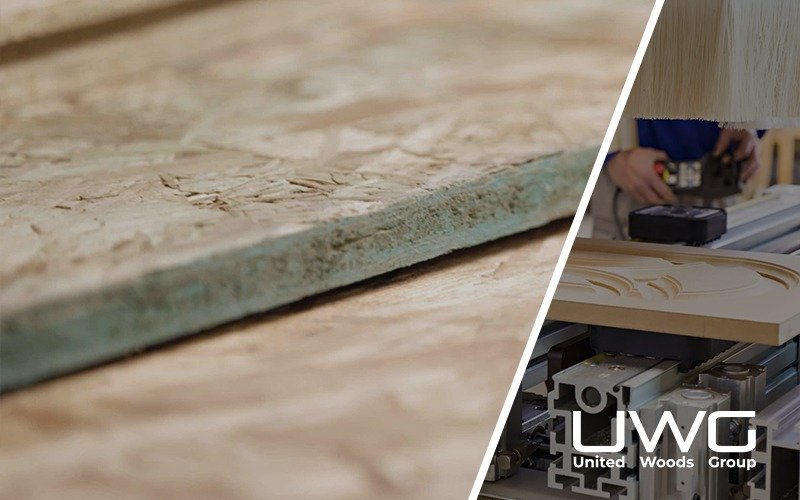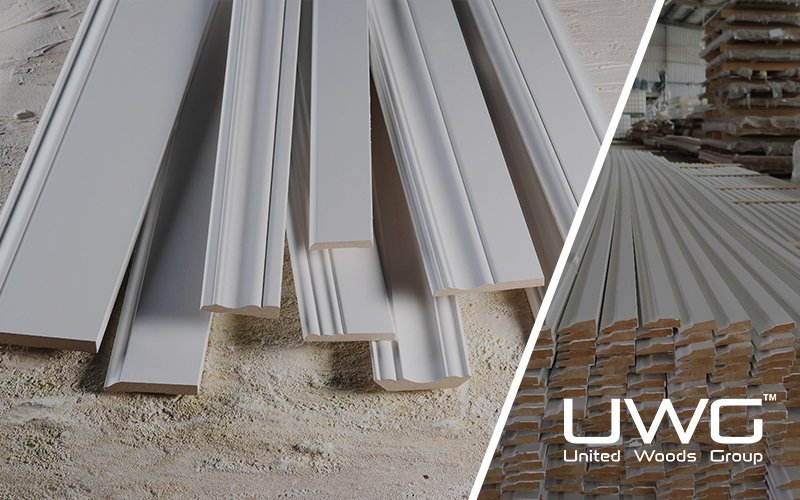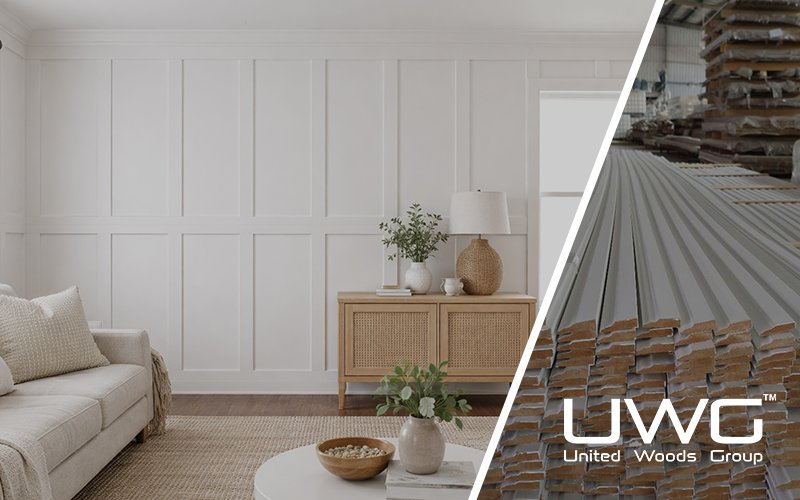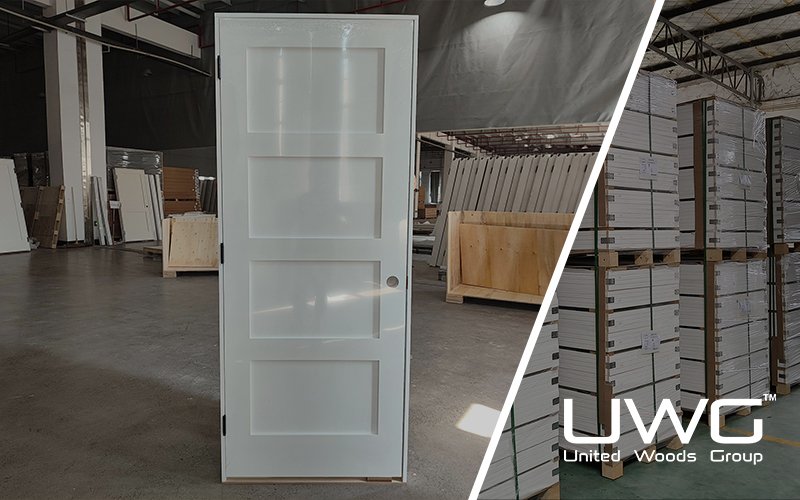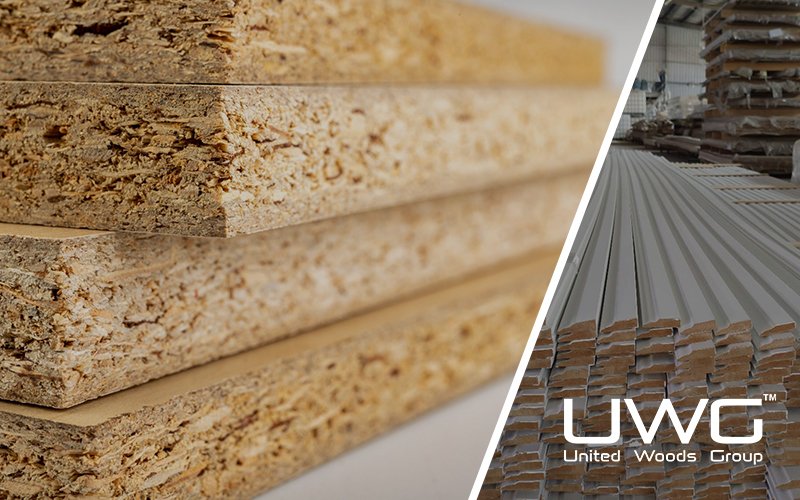Imagine a construction site where a new office building is taking shape. As beams are hoisted into place, you notice they’re not traditional solid wood but engineered wood products, including LVL (Laminated Veneer Lumber). These materials are gaining popularity across North America for their strength, durability, and sustainability.In a market traditionally dominated by solid wood and steel, why are builders turning to engineered wood? This article explores why engineered wood like LVL is taking over the construction industry and the advantages it brings to modern building practices.
Traditional solid lumber, once the backbone of North American construction, no longer delivers the consistency, efficiency, or cost-effectiveness that today’s projects demand. Contractors and developers are under pressure to find materials that meet performance standards while providing long-term reliability. Engineered wood—especially Laminated Veneer Lumber (LVL)—has emerged as a solution. Made by bonding wood veneers or fibers, LVL eliminates common defects like knots, warping, and uneven dimensions. It offers dimensional stability, uniform strength, and precise, consistent materials ideal for large-scale residential and commercial projects. With longer spans, greater load-bearing capacity, and faster installation, LVL also helps reduce construction waste.
In the following sections, we’ll explore why engineered wood is becoming the preferred choice, the advantages it brings to construction projects, and how this evolution is reshaping the industry.
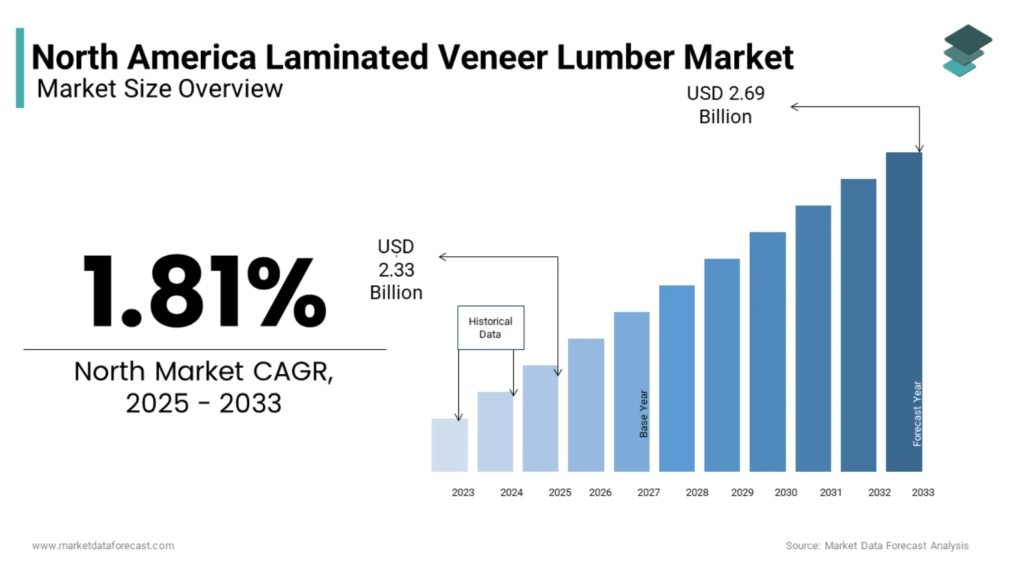
Understanding LVL and Engineered Wood
Engineered wood, including LVL, is revolutionizing construction in North America by offering superior strength and versatility compared to traditional lumber. To understand its appeal, it’s important to define these materials and how they are made.
What is Engineered Wood?
Engineered wood refers to products made from wood fibers, veneers, or strands bonded with adhesives. Unlike solid lumber, it is manufactured to be stronger, more stable, and consistent, making it ideal for modern construction. Examples include plywood, oriented strand board (OSB), glulam (glued laminated timber), and LVL.
LVL as a Type of Engineered Wood
LVL is a specific type of engineered wood. It consists of thin wood veneers bonded together with the grain aligned in the same direction. This gives LVL high strength and stability, making it suitable for structural applications where heavy loads or long spans are required. Compared to traditional lumber, LVL can span greater distances, carry heavier loads, and has fewer defects.
Manufacturing Process
Engineered wood products, including LVL, are made by layering thin veneers or fibers with adhesives under pressure. The wood is sourced from sustainably managed forests, and the bonding process eliminates imperfections like knots, making engineered wood more uniform and reliable than traditional timber.
Comparison to Traditional Lumber
While traditional lumber can have defects like knots and warping, engineered wood, including LVL, offers consistent strength and resistance to environmental changes. It can also span greater distances and bear more weight than solid timber, making it suitable for larger, more complex projects.
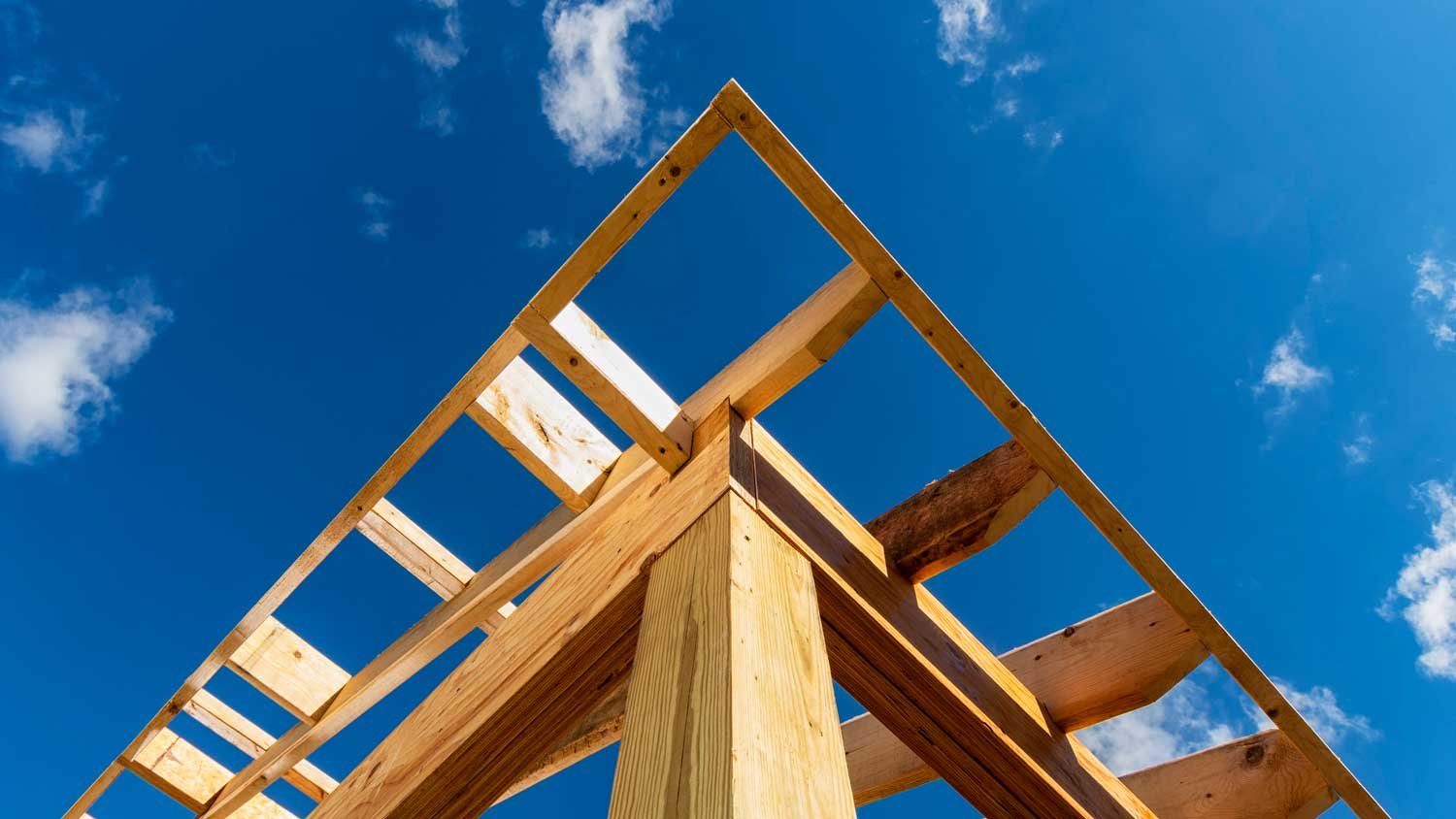
The Key Advantages of Engineered Wood
Engineered wood, such as LVL, is gaining popularity in construction due to several key advantages:
1. Superior Strength and Performance
Engineered wood offers exceptional strength, often exceeding that of traditional timber. The manufacturing process ensures uniformity, eliminating defects like knots that can weaken solid wood. LVL, in particular, supports heavy loads and long spans without bending or warping, making it ideal for structural applications.
2. Cost-Effectiveness
Although engineered wood may have a higher initial cost than traditional lumber, the long-term savings are significant. It is lighter, stronger, and more durable, reducing the need for extra material and labor. Consistency also leads to faster construction times, lowering overall project costs.
3. Sustainability and Environmental Impact
Engineered wood products, including LVL, make use of smaller trees and wood byproducts that might otherwise go to waste, improving resource efficiency. Many manufacturers source wood from sustainably managed forests, ensuring minimal environmental impact. Additionally, engineered wood is often recyclable, enhancing its eco-friendly appeal.
4. Design Flexibility
Engineered wood’s high strength-to-weight ratio offers greater design flexibility. It can support longer spans and enable open floor plans without excessive structural supports. Architects and builders can create more innovative designs, and engineered wood adapts to a wide range of building types, from homes to high-rise structures.
5. Reduced Waste and Faster Construction
Produced in a controlled factory environment, engineered wood is precise in dimensions, minimizing material waste. Builders can cut it to exact specifications, reducing scrap. This efficiency also accelerates project timelines, contributing to cost and time savings.
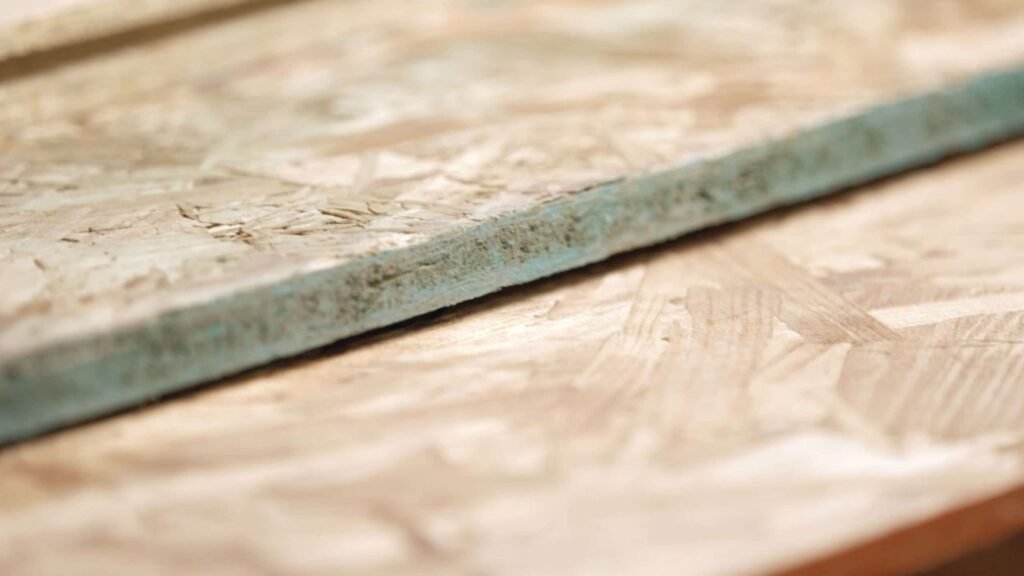
Trends Driving the Shift to Engineered Wood
Several factors are fueling the growing adoption of LVL and engineered wood in North American construction. These trends reflect both industry needs and broader market shifts.
Several factors are fueling the growing adoption of engineered wood like LVL in North American construction:
1. Rising Wood Prices and Supply Chain Concerns
Volatility in traditional lumber prices has driven interest in engineered wood. Supply chain disruptions and increased demand can make solid wood costly and unpredictable, whereas engineered wood provides a more stable and reliable alternative. Factory-controlled production helps stabilize both pricing and availability.
2. Technological Advancements in Manufacturing
Advancements in manufacturing have significantly improved the quality and efficiency of engineered wood. New adhesives and precise production methods make LVL stronger and more durable than ever. Automation also reduces costs and increases production capacity, making these products more accessible.
3. The Green Building Movement
As sustainability becomes a priority, engineered wood stands out for its environmental benefits. Its production typically consumes less energy than steel or concrete, and many products are sourced from sustainably managed forests. For projects seeking LEED certification or other green building credentials, engineered wood is an ideal material.
4. Increased Demand for Durable, Low-Maintenance Materials
Builders and property owners increasingly seek materials that are durable and require minimal maintenance. Engineered wood, including LVL, resists warping, twisting, and shrinking, making it suitable for a wide range of applications without frequent upkeep.
5. Versatility Across Various Building Types
Engineered wood is versatile, supporting long spans without extra structural supports. This makes it ideal for open-plan designs and larger buildings, from residential homes to commercial structures and high-rises. As demand grows for innovative and flexible building designs, engineered wood is becoming the material of choice.
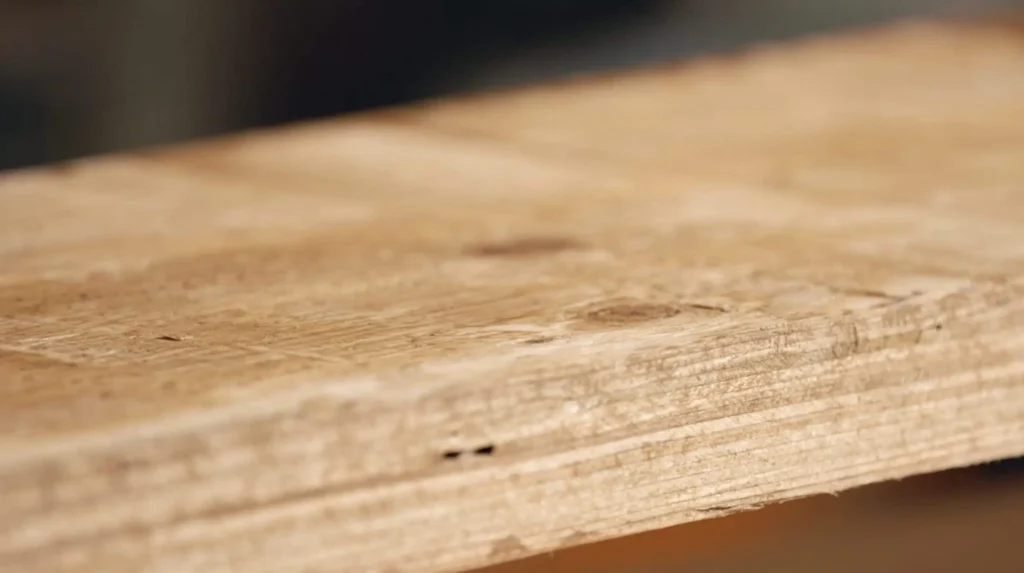
Conclusion
Engineered wood, including LVL, is reshaping North American construction by offering a combination of strength, sustainability, and cost-efficiency. As the industry faces rising material costs and increasing demand for sustainable solutions, these materials provide a reliable alternative to traditional lumber.
With advantages such as superior strength, reduced waste, design flexibility, and eco-friendly properties, engineered wood products like LVL are becoming the go-to choice for builders and wholesalers. Technological advancements, green building trends, and the need for cost-effective construction are driving continued growth.
Looking ahead, engineered wood will play a significant role in residential, commercial, and infrastructure projects, offering innovative solutions. Builders and wholesalers who embrace these materials will not only meet today’s market demands but also contribute to a more sustainable and efficient built environment.

